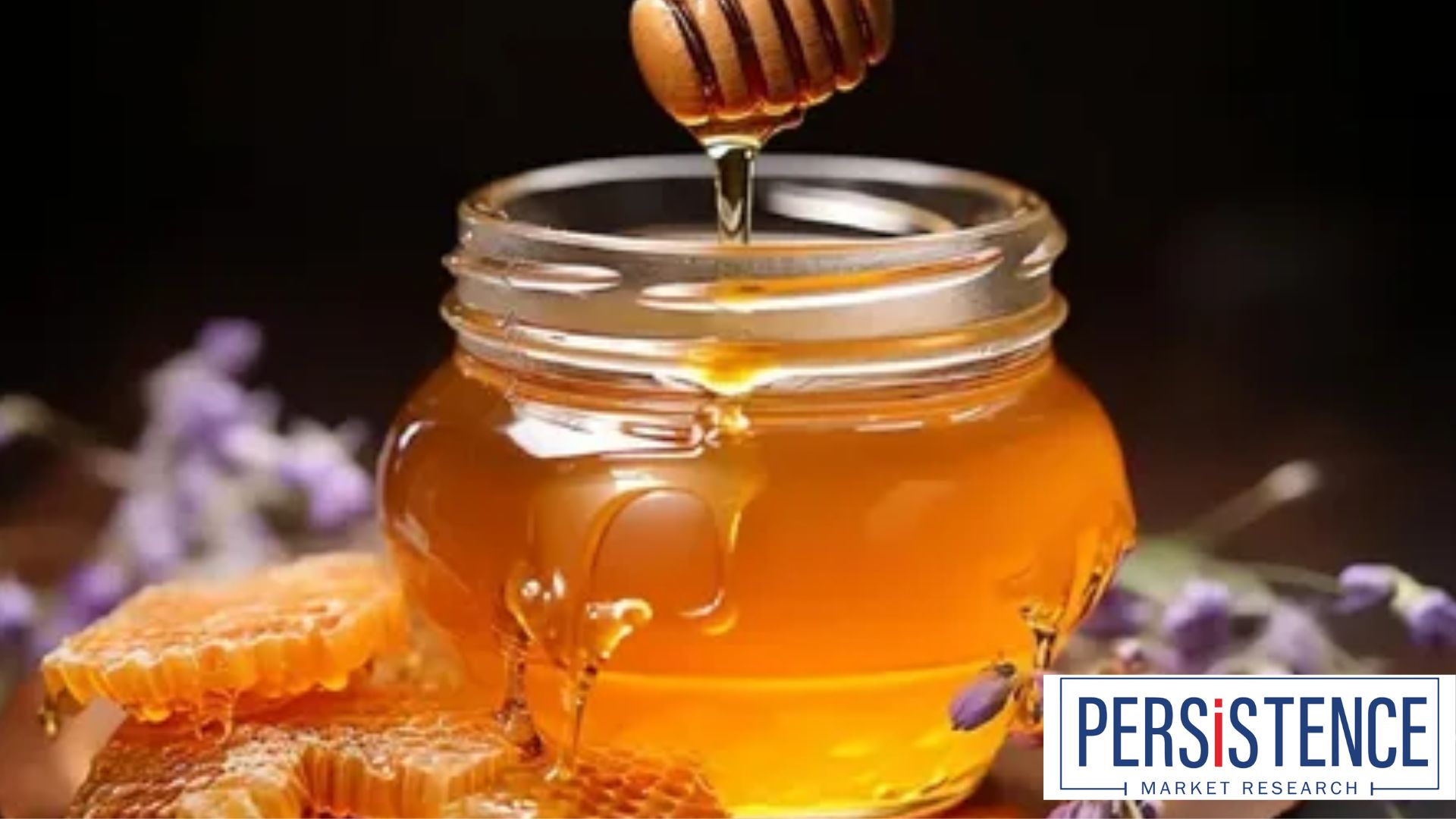Top Exporters and Regions Dominating the Organic Honey Market

The global organic honey market is expanding at an impressive pace, driven by rising consumer awareness around clean-label products, wellness, and natural ingredients. According to Persistence Market Research, the market is projected to grow from USD 990.9 million in 2025 to USD 1,808.6 million by 2032, at a compound annual growth rate (CAGR) of 7.8%.
𝐄𝐱𝐩𝐥𝐨𝐫𝐞 𝐭𝐡𝐞 𝐅𝐮𝐥𝐥 𝐑𝐞𝐩𝐨𝐫𝐭: https://www.persistencemarketresearch.com/market-research/organic-honey-market.asp
Behind this expansion is a robust and competitive international supply chain, with a handful of regions and countries dominating global production and export of organic honey. These top exporters not only shape global pricing and supply but also influence quality standards and sustainability practices in the industry.
China: The Global Leader in Production and Export
China remains the world’s largest producer and exporter of honey, including organic varieties. Provinces like Sichuan, Yunnan, and Guangxi have ideal floral biodiversity and climatic conditions for organic beekeeping. The country benefits from:
Large-scale apiculture
Technological advancements in hive management
Government incentives promoting organic agriculture
China’s strong export networks serve key markets in Europe, North America, and Southeast Asia. Despite concerns over counterfeit products in the past, efforts to improve transparency and certification are restoring global trust in Chinese organic honey.
New Zealand and Australia: Home of Premium Manuka Honey
New Zealand and Australia are globally recognized for producing Manuka honey, a premium segment of the organic honey market. Rich in methylglyoxal (MGO), Manuka honey is valued for its powerful antibacterial properties and is exported worldwide, particularly to:
United States
United Kingdom
Germany
Japan
Strict regulations, unique native flora, and the UMF (Unique Manuka Factor) certification system have positioned New Zealand as a luxury player in the organic honey export market.
India: Rising Organic Exporter with Ayurvedic Appeal
India is emerging as a prominent exporter of organic honey, capitalizing on its rich floral resources and deep-rooted traditions in Ayurvedic medicine. Indian exporters are increasingly focusing on:
EU and US markets
Certifications such as USDA Organic and India Organic
Ayurvedic-infused honey products for wellness
States like Punjab, Uttarakhand, and Himachal Pradesh are leading honey producers, and India's growing organic farming initiatives are supporting further expansion.
Europe: Strong Consumption and Emerging Production
While Europe is primarily a consumer of organic honey, countries like Germany, Romania, and Hungary are strengthening their production capabilities. With stringent organic farming regulations and high consumer demand, the region is becoming a significant player in both production and value-added processing.
Germany in particular imports vast quantities of organic honey for use in functional foods, dietary supplements, and premium health products.
United States: Major Consumer and Niche Producer
The United States is one of the largest consumers of organic honey, with a focus on functional foods, beverages, and clean-label products. Domestic production exists but is limited in scale compared to imports. However, brands like:
Nature Nate’s Honey Co.
GloryBee
Madhava Ltd.
are promoting regionally sourced organic honey and expanding exports to Canada, Mexico, and Asia.
Challenges in Global Trade
Despite thriving demand, exporters face challenges such as:
Compliance with international organic standards
Fluctuating climate conditions affecting bee populations
Competition from synthetic and adulterated honey
To address these issues, exporters are adopting blockchain for traceability, investing in lab testing, and working closely with organic certifying bodies.
Conclusion
The global organic honey market is supported by a network of dynamic exporters and regions that uphold quality, sustainability, and consumer trust. From China’s large-scale operations to New Zealand’s niche luxury offerings, and India’s Ayurvedic edge, the global supply landscape is both diverse and competitive. As demand continues to grow, the influence of these top regions will remain central to shaping the future of the organic honey market.
Note: IndiBlogHub features both user-submitted and editorial content. We do not verify third-party contributions. Read our Disclaimer and Privacy Policyfor details.















